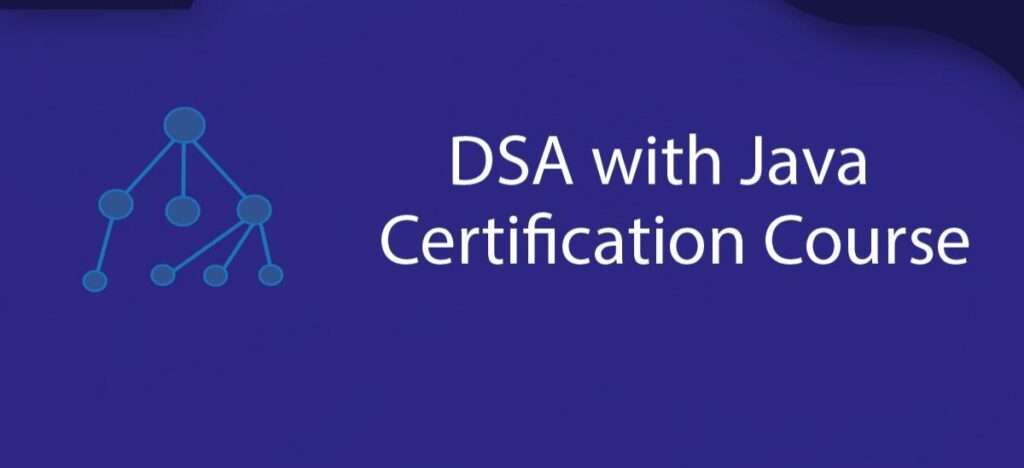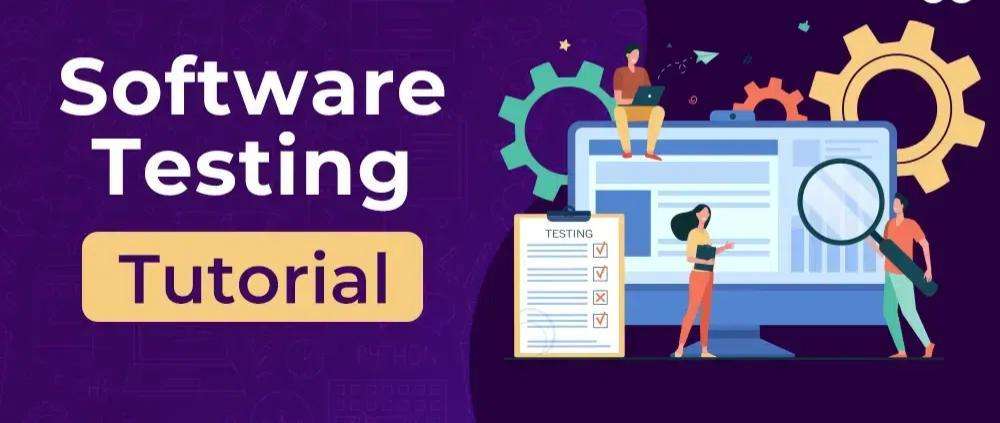
Embark on a journey to cloud mastery with Kubernetes at your helm. This comprehensive tutorial and roadmap will guide you through the ins and outs of Kubernetes, ensuring you’re equipped to harness the full potential of this powerful tool.
Kubernetes is a versatile tool that streamlines the operation and oversight of containerized applications. Conceived by Google Lab in 2014, it’s also referred to as k8s. As an open-source platform for container orchestration, Kubernetes simplifies the automation of deploying, managing, and scaling applications housed in containers across various environments, be they physical, virtual, or cloud-based.
Containers are designed to run in isolation, enabling numerous containers to operate concurrently on a single machine without interference. Kubernetes facilitates the deployment and management of these containerized applications over a network of machines, known as a Kubernetes cluster.
In this Kubernetes tutorial, you’ll be introduced to a range of topics from the elementary to the complex, such as Kubernetes services, the construction of Kubernetes clusters, deployments, and the overarching architecture.
The tutorial is packed with vital information to grasp and engage with Kubernetes, including API usage, setup procedures, and the intricacies of building a Kubernetes cluster. It caters to all levels of proficiency, ensuring that whether you’re just starting out or already seasoned, you’ll find the guidance needed to deepen your comprehension and skill with Kubernetes.
Kubernetes Tutorial Overview
¡》Introduction: The Rise of Kubernetes
Kubernetes has emerged as the go-to orchestrator for managing containerized applications across various environments. It simplifies deployment, scaling, and operations of application containers across clusters of hosts.
¡¡》The Essence of Kubernetes
At its core, Kubernetes is about empowering developers and operators alike. It provides a platform for automating deployment, scaling, and operations of application containers across clusters of hosts.
¡¡¡》Starting with Kubernetes
Getting started with Kubernetes is a breeze. We’ll walk you through the initial setup, from installing Kubernetes on your system to launching your first pod.
¡V》Kubernetes Core Concepts
Dive into the fundamental concepts of Kubernetes, including pods, services, deployments, and replica sets. Understanding these building blocks is crucial for mastering Kubernetes.
V》Kubernetes in Action
Learn how to deploy applications on Kubernetes, scale them to handle increased traffic, and update them with zero downtime.
V¡》Advanced Kubernetes: Networking and Storage
Uncover the advanced features of Kubernetes, such as how to set up networking between pods and how to use persistent storage to keep your data safe.
V¡¡》Kubernetes Best Practices
Discover the best practices for using Kubernetes in production, including security measures, resource management, and monitoring strategies.
V¡¡¡》The Road Ahead with Kubernetes
The Kubernetes ecosystem is continuously evolving. Stay informed about the latest tools and community contributions to keep your skills sharp and your deployments cutting-edge.
Complete Kubernetes Tutorial
1. Basics of Kubernetes
- Introduction to Kubernetes
- Kubernetes – Installation Methods
- Installation of Kubernetes on Ubuntu
- Kubernetes – Architecture
- Kubernetes – Monolithic Architecture of Kubernetes
- Kubernetes vs Docker
- Kubernetes – Concept of Containers
- Kubernetes – Introduction to Container Orchestration
- Kubernetes – Images
- Kubernetes – Jobs
- Kubernetes – Labels & Selectors
- Kubernetes – Namespace
- Kubernetes – Node
- Kubernetes – Node Port Service
- Kubernetes – Cluster IP vs Node-Port
- Kubernetes – Service
- Kubernetes – Service DNS
- Kubernetes – Pod
- Kubernetes – Run a Command in Pod’s Containers
- Kubernetes – Create Multiple Container in a Pod
- Kubernetes – Replication Controller
- Kubernetes – Difference Between Replicaset and Replication Controller
- Kubernetes – Deployments
- Kubernetes – Volumes
- Kubernetes – Secrets
- Kubernetes – Working with Secrets
- How to set up a Kubernetes cluster on a local machine using minikube?
- Kubernetes – Physical Servers vs Virtual Machines vs Containers
2. Advanced Kubernetes
- Kubernetes – API
- Kubernetes – Taint and Toleration
- Kubernetes – Kubectl
- Kubernetes – Kubectl Commands
- Kubernetes – Kubectl Delete
- Kubernetes – Load Balancing Service
- Kubernetes – Kubectl Create and Kubectl Apply
- Kubernetes – ConfigMap
- Kubernetes – Create Config Map From Files
- Kubernetes – Create ConfigMap from YAML
- Kubernetes – ConfigMap from Directories
- Kubernetes – Injecting ConfigMap as Files
- Kubernetes – Injecting ConfigMap in Pods
- Kubernetes Resource Model (KRM) and How to Make Use of YAML?
- Installing Private Git Server on K8s Cluster with Gitea and AKS
- Enable Remote Debugging For Java Application Deployed in Kubernetes Environment
- How to Enable JMX For Java Applications Running in the Kubernetes Cluster?
Why do we need Kubernetes?
Kubernetes is essential for several compelling reasons, particularly its ability to scale applications effortlessly, its self-healing capabilities, and its automation features. It’s incredibly beneficial for managing micro services and complex distributed systems.
Consider this scenario: You’re ready to deploy a few applications. You can neatly package each one into a container and run it on a server equipped with Docker or another container engine. You craft a Dockerfile to containerize the application and make it accessible to the outside world through a designated port.
However, this approach has a limitation: it’s reliant on a single server. If that server encounters an issue, it can lead to application downtime. To address this vulnerability, Google developed Kubernetes, which allows for the scaling of applications and prevents a single point of failure.
Key Features of Kubernetes:
- Consistent Development, Management, and Deployment:** Streamlines the entire lifecycle of application development.
- Container-Based Infrastructure: Offers a standardized environment for applications, enhancing their portability.
- Higher Density Resource Utilization: Maximizes the use of available resources, reducing waste.
- Modular Components: Treats each part of the application as an independent unit, simplifying updates and maintenance.
- Application-Centric Infrastructure: Focuses on the application’s needs rather than the underlying hardware.
- Auto Scalability: Automatically adjusts the number of running instances based on demand.
- Consistent Testing and Development Environments: Ensures that applications behave consistently across different stages of development.
These features collectively make Kubernetes a powerful tool for modern application deployment and management.
If you Prefer a course,
Why look further when our Free Kubernetes Course offers all you need in one comprehensive Kubernetes program! Enroll in our Kubernetes Program today, and our advisors will be in touch to provide you with all the guidance and support you need.
Conclusion:
Kubernetes is not just a tool; it’s a new way of thinking about infrastructure. By embracing Kubernetes, you’re setting the stage for a more resilient, flexible, and scalable future in the cloud.
RELATED ARTICLES
- Bootstrap Tutorial & Roadmap
- Creating HTML & CSS Website Templates From Scratch Step-by-Step Tutorial & Roadmap
- Tailwind CSS Tutorial & Roadmap For Beginners
- Web Design Tutorial & Roadmap
- Digital Electronics and Logic Design Tutorials Tutorial & Roadmap
- Basic Concepts of Python Programs: Python programming examples
- Engineering Mathematics Tutorials & Roadmap
- Django Tutorial & Roadmap: Learn Django Framework
- DevOps Tutorial & Roadmap
- The Complete DevOps Roadmap & Career Path With Resources – Beginner to Advanced DevOps Engineer
- The Ultimate Git/GitHub Tutorial & Roadmap
- Amazon Web Services (AWS) Tutorial & Roadmap
- A Comprehensive Docker Tutorial & Roadmap
- The Definitive Microsoft Azure Tutorial & Roadmap: Elevate Your Cloud Skills
- The Ultimate Google Cloud Platform (GCP) Tutorial & Roadmap
- Top Python Projects with source codes– Beginner to Advanced
- Python Tkinter Tutorial & Roadmap
- OpenCV in Python tutorial & Roadmap










[url=https://prednisoneo.com/]prednisone over the counter uk[/url]
[url=http://ametformin.com/]glucophage 500 mg cost[/url]
[url=http://oprednisone.com/]prednisone pack[/url]
[url=https://baclofenx.com/]lioresal 10 mg[/url]
[url=https://strattera.company/]240 mg strattera[/url]
my canadian family pharmacy
[url=https://dezithromax.online/]azithromycin rx coupon[/url]
[url=https://xmodafinil.com/]modafinil no prescription[/url]
[url=https://amoxicillinir.online/]amoxicillin 750 mg price[/url]
[url=https://metforminn.online/]metformin online buy[/url]
[url=http://enolvadex.com/]tamoxifen gel[/url]
online pharmacies of canada
[url=https://acyclovirlp.online/]buy acyclovir online australia[/url]
accutane price south africa
buying bactrim
the canadian pharmacy
[url=https://baclofenx.com/]buy lioresal[/url]
[url=https://baclofem.com/]baclofen prescription medicine[/url]
canada pharmacy reviews
[url=https://tretinoineff.com/]tretinoin gel cost[/url]
[url=http://accutaneiso.online/]accutane 30 mg price[/url]
baclofen tablets brand name
vermox for sale
lioresal 10 mg tablets
[url=http://lyricamd.com/]lyrica tablet cost[/url]
[url=https://adfinasterid.online/]propecia canada pharmacy[/url]
[url=http://doxycyclineo.online/]doxycycline hyclate 100 mg capsules[/url]